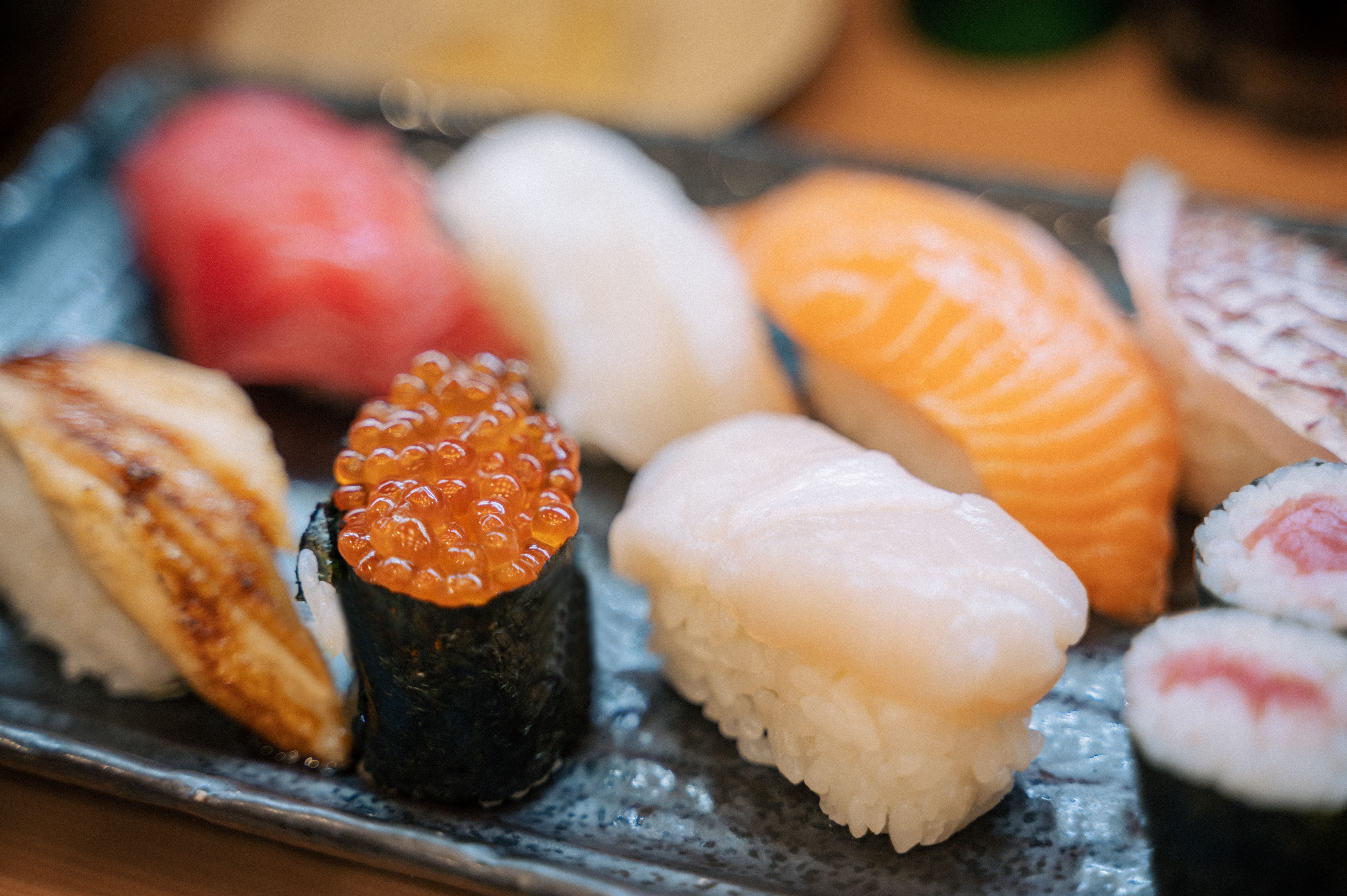The Art of Sushi: A Delicate Balance of Flavor and Craftsmanship
The Origins of Sushi
Sushi, a culinary art form that has transcended cultural boundaries, originated in Japan as a method of preserving fish. The earliest form of sushi, known as "narezushi," involved fermenting fish with rice. Over the years, it evolved into what we recognize today, combining fresh ingredients with vinegared rice to create a harmonious blend of flavors and textures.
Understanding the history of sushi is essential to appreciating its complexity. The transformation from a preservation technique to a celebrated dish highlights the adaptability and innovation in Japanese culinary practices. This rich heritage is what makes sushi not just a meal, but an experience.

The Craftsmanship Behind Sushi
Creating sushi is an art that requires precision and skill. Sushi chefs, or "itamae," undergo years of training to master the delicate balance of flavors and techniques. From selecting the freshest ingredients to perfecting the rice-to-fish ratio, every detail matters.
The preparation of sushi rice is particularly critical. It involves washing, cooking, and seasoning the rice with a precise blend of vinegar, sugar, and salt. This process ensures each grain is perfectly seasoned, providing the foundational flavor profile for the sushi.

The Role of Fresh Ingredients
Freshness is at the heart of quality sushi. The choice of fish and other ingredients is crucial; only the finest selections are used to ensure the highest quality. Seasonal ingredients are often preferred, as they offer the best flavors and textures, aligning with the Japanese philosophy of harmony with nature.
Some popular fish choices for sushi include tuna, salmon, and yellowtail. Other elements, such as seaweed and wasabi, also play vital roles in enhancing the overall taste and presentation of the dish.

The Balance of Flavors
Sushi is renowned for its subtle yet complex flavors. The combination of vinegared rice, fresh fish, and complementary condiments creates an intricate taste profile. Each piece is designed to be a perfect bite, balancing sweetness, saltiness, umami, and acidity.
The use of soy sauce, pickled ginger, and wasabi further accentuates the flavors. These elements are not merely condiments but essential components that enhance the sushi experience. The intricate balance achieved in each piece reflects the chef's expertise and dedication to their craft.
Innovations in Sushi
While traditional sushi remains highly revered, modern interpretations have also gained popularity worldwide. Fusion sushi introduces new ingredients and techniques, expanding the boundaries of this culinary art form. From sushi rolls filled with avocado and cream cheese to the incorporation of truffle oil or spicy mayonnaise, these innovations offer a fresh perspective on a time-honored tradition.
Despite these modern twists, the core principles of sushi craftsmanship remain unchanged. Respect for ingredients and attention to detail continue to be at the forefront of creating exceptional sushi.

Experiencing Sushi
Enjoying sushi is more than just eating; it's an experience that engages all the senses. From observing the chef's skilled handiwork to savoring each carefully crafted piece, sushi dining embodies elegance and simplicity.
Whether you're a seasoned sushi aficionado or a curious newcomer, understanding the artistry behind this beloved dish enhances your appreciation and enjoyment. As you indulge in this delicate balance of flavor and craftsmanship, you are partaking in a timeless tradition that celebrates culture, creativity, and culinary excellence.
